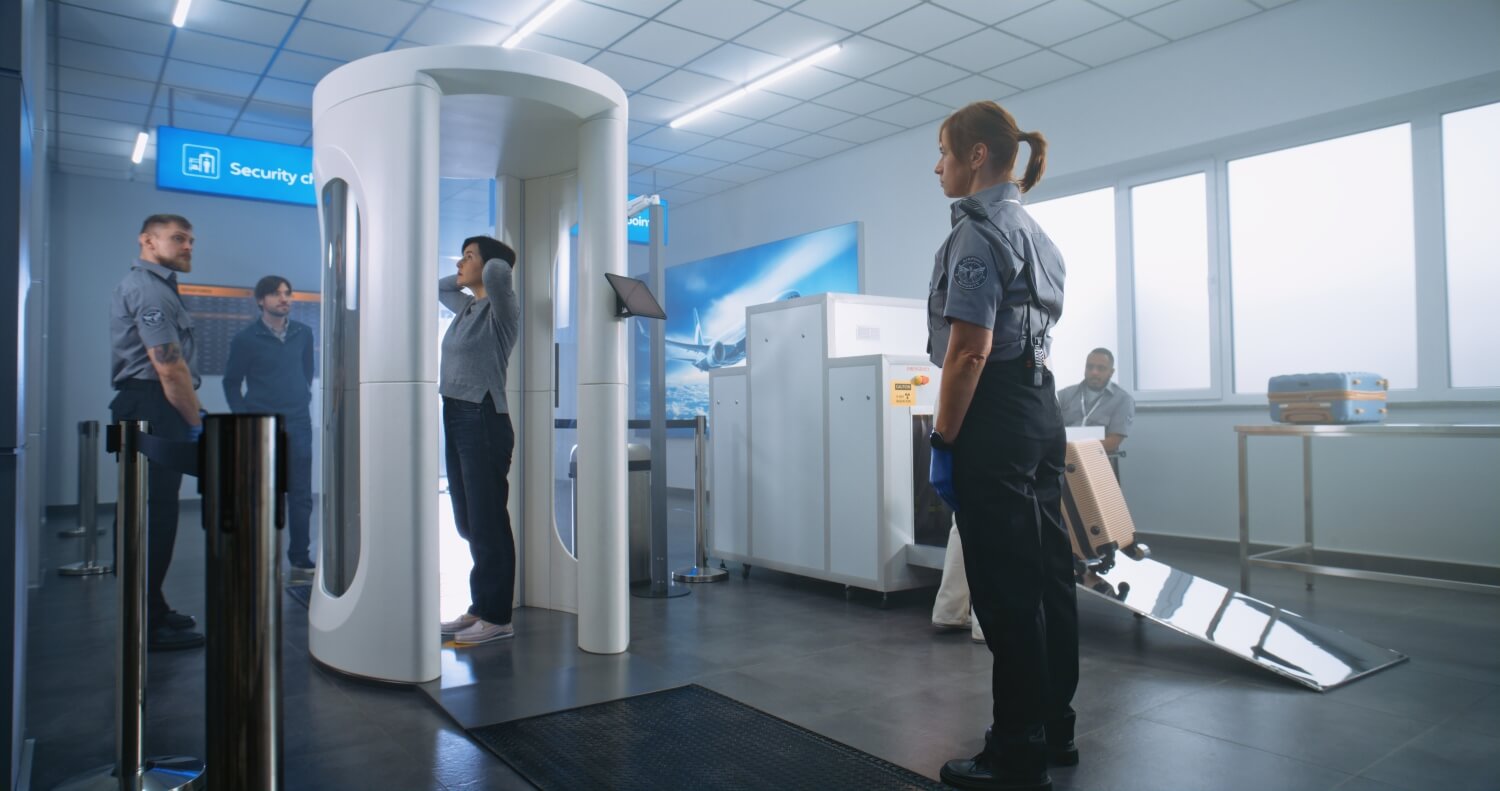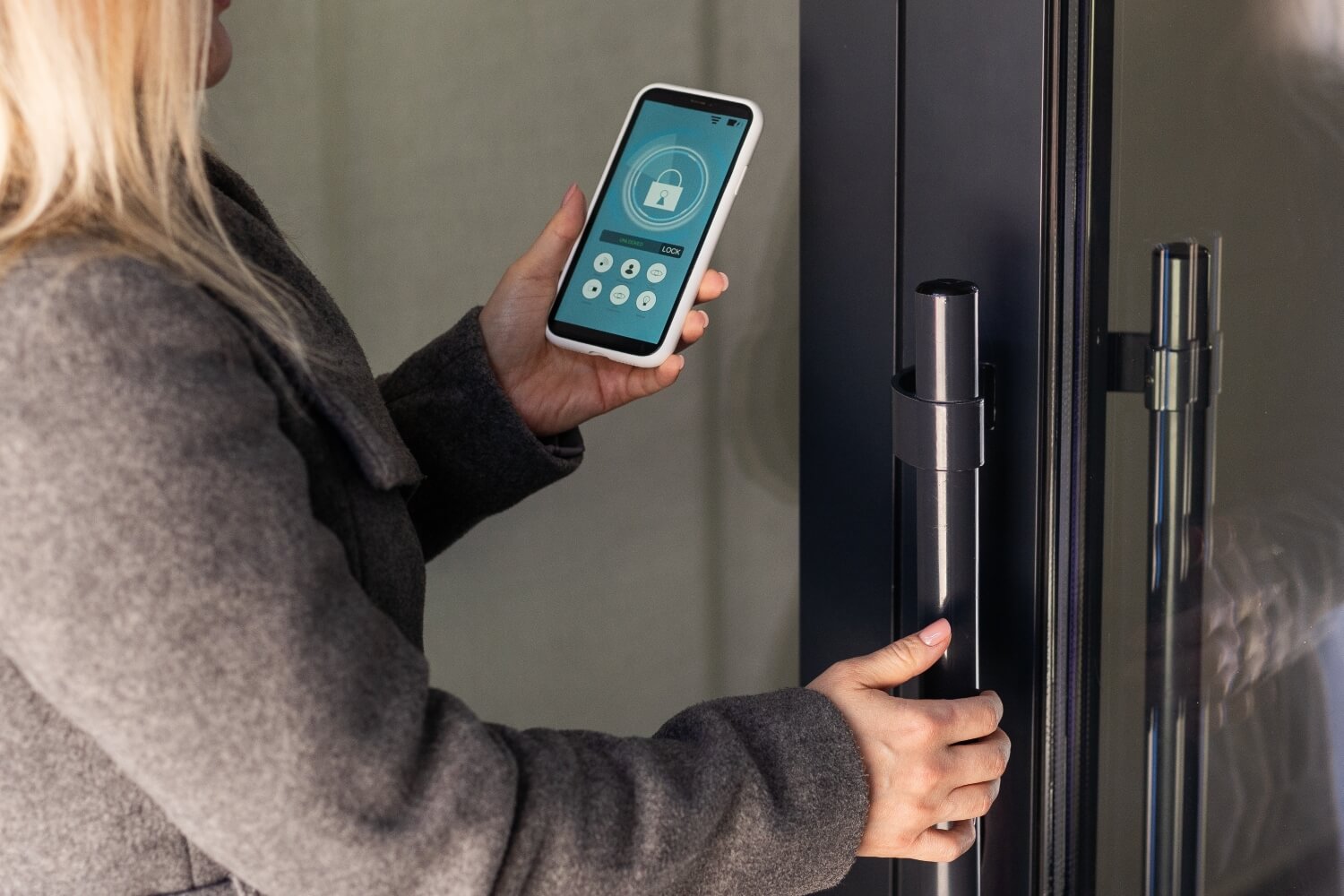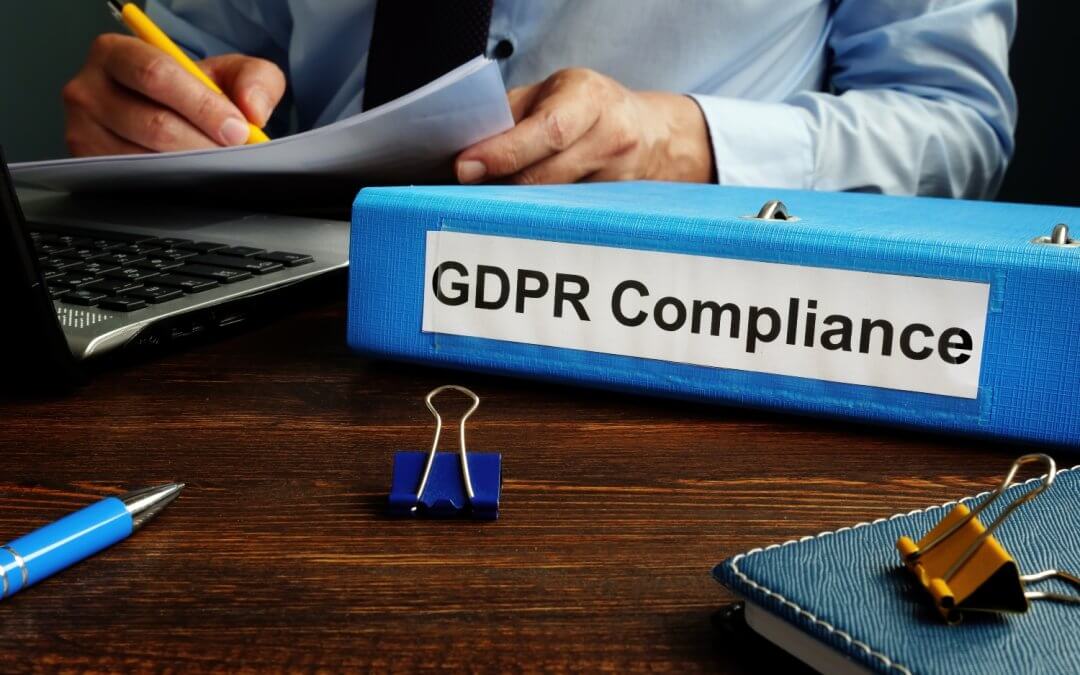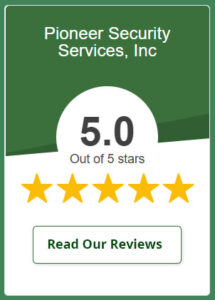How Custom Monitoring Rules Improve Site Security
Custom monitoring rules are security settings tailored to the specific needs of a site. Unlike standard systems, they allow businesses to define motion zones, access triggers, and time-based alerts, making security more precise and focused on real risks.
According to research, 83% of organizations experienced at least one insider attack in the past year, showing that threats can come from within as well as from outside. In today’s evolving threat landscape, relying on default security settings is no longer enough.
Custom monitoring rules enable businesses to detect threats early, respond faster, and protect assets more effectively. This blog will explain the benefits of custom rules, real-world applications, and best practices for implementing them.
What are Custom Monitoring Rules in Security Systems
Custom monitoring rules are tailored instructions set within a security system to define what types of activity should trigger alerts. Unlike standard settings, which provide generic notifications, custom rules allow businesses to specify exactly what behaviors, zones, or time frames should prompt an alarm. This ensures that security teams are only alerted to events that truly matter, reducing distractions and increasing the effectiveness of the monitoring system.
Security systems offer flexible customization options, allowing them to adapt to the specific needs of any site:
- Trigger alerts when movement is detected in specific areas during designated times.
- Monitor sensitive zones separately, such as entrances, storage rooms, or restricted areas.
- Define rules that are active only during certain hours, like after business hours or on weekends.
- Send notifications when doors, gates, or access points are used by unauthorized personnel.
By combining these types of rules, businesses can build a highly specific monitoring system that prioritizes critical alerts and minimizes unnecessary notifications.
What is the difference between Custom Monitoring and Standard Monitoring?
Standard monitoring often comes with default settings that treat all alerts the same way. While these are easier to set up, they frequently generate a high volume of false alarms and may overlook subtle threats. On the other hand, custom monitoring rules are designed to match your site’s unique patterns and risks. This approach ensures faster, more accurate responses, better resource allocation, and stronger overall security.
Why Standard Security Systems Fail Without Custom Monitoring
In today’s fast-paced security world, relying only on standard monitoring settings can leave important gaps in protection. Generic alerts often flood security teams with noise, slow down response times, and cause truly subtle or small threats to be missed. Alarm fatigue is a major issue: law enforcement responds to about 13.7 million emergency alarm calls annually, but 98% of these are unnecessary. Without proper customization, even the most advanced security systems may struggle to maintain real situational awareness and keep a site truly protected.
Here are the most common problems that occur when security systems aren’t customized
Frequent False Alarms
Standard monitoring settings often trigger alerts for harmless events like pets, passing vehicles, or environmental changes. These frequent false alarms can burden security staff, causing alert fatigue. Over time, critical alerts may be ignored or delayed, reducing the overall effectiveness of the system and increasing vulnerability to real threats.
Delayed Incident Response
Non-specific monitoring sends alerts without context and forces the teams to investigate every notification manually. This slows down response times and can allow incidents to escalate before action is taken. Custom rules help prioritize critical alerts, ensuring that security personnel respond quickly to genuine threats and minimize potential damage.
Limited Threat Detection
Generic monitoring rules cannot recognize complex patterns or unusual behavior specific to a site. Important activities, like unauthorized access during off-hours or repeated minor breaches, may go unnoticed. Custom monitoring ensures these patterns are detected promptly, allowing security teams to intervene before incidents become major problems.
How Custom Monitoring Rules Enhance Site Security

A security system is only as effective as the intelligence behind it. Custom monitoring rules transform generic surveillance into a precise, proactive tool, ensuring that alerts are meaningful and actionable. False alarms are a serious drag on system credibility.
In one DOJ-sponsored study, imposing false alarm penalties led to a 50 % reduction in false alarm calls, freeing up valuable patrol resources. By tailoring the system to your site’s unique needs, organizations can strengthen security, reduce risks, and improve overall operational efficiency.
Here’s how these tailored rules make a real difference:
Tailored Alerts for Relevant Incidents
Custom rules filter out unnecessary notifications and focus only on events that truly matter. Security teams receive alerts for incidents that require immediate attention and ensures that all the resources are used efficiently and reduce the chance of missing critical threats. This targeted approach enhances both safety and operational efficiency.
Faster Response Times
By prioritizing alerts based on severity and relevance, custom monitoring enables faster decision-making and action. Security personnel can respond promptly to real threats, minimizing potential damage or losses. Faster responses also improve staff confidence and the overall effectiveness of your security system.
Proactive Threat Prevention
Custom monitoring rules can detect unusual patterns or suspicious behavior before problems occur. By identifying potential risks such as repeated access attempts or unusual movement, organizations can take action early. This helps prevent theft, vandalism, or unauthorized entry from turning into serious incidents.
Compliance and Reporting Made Easier
Tailored monitoring makes documentation easier by tracking and logging important security events. This helps with audits and regulatory compliance and provides clear records for insurance claims or internal reporting. Businesses can maintain accountability and transparency while keeping their security practices in line with industry standards.
Practical Uses of Custom Security Monitoring
Custom monitoring rules provide measurable site security solutions across different industries. By tailoring alerts to specific activities and locations, organizations can address unique vulnerabilities. This helps protect valuable assets and keeps daily operations safe and secure.
These are the businesses that use custom monitoring for enhanced security in real-world scenarios.
Commercial Buildings and Offices
In commercial buildings and offices, custom monitoring improves security. It focuses on access control, after-hours surveillance, and sensitive areas like server rooms. The system triggers alerts for unauthorized entry or unusual activity. Security teams can then respond quickly to protect employees, assets, and sensitive information.
Warehouses and Industrial Facilities
Warehouses and industrial sites store valuable inventory and critical equipment. Custom monitoring adds zone-based surveillance for loading docks, storage areas, and restricted sections. It detects unauthorized access and unusual activity. This focused approach strengthens security, lowers risks, and keeps operations running smoothly.
Retail Stores
Retail environments need proactive steps to prevent theft and protect assets. Custom monitoring helps businesses track unusual customer or employee behavior. It also keeps an eye on high-risk zones and sends timely alerts. This approach reduces losses and ensures a safe shopping experience.
Multi-Site Operations
Organizations with multiple locations benefit from centralized custom monitoring. The system sends real-time alerts from all sites in one place, allowing security teams to prioritize issues and respond quickly. This approach maintains oversight and ensures consistent protection across every facility, no matter the size or distance.
Key Factors to Consider When Setting Up Custom Monitoring Rules

Implementing custom monitoring rules requires careful planning to make sure the system works efficiently and effectively. Before getting started, it is important to check the technical requirements, ensure compatibility with existing infrastructure, and consider scalability. With proper planning, organizations can maximize security, reduce operational challenges, and ensure long-term reliability.
The key technical factors to consider include during the implementation:
Integration with Existing Security Systems
Custom monitoring rules should work well with existing cameras, alarms, sensors, and software. Smooth compatibility prevents disruptions and makes control easier. With proper integration, security teams can manage alerts quickly and keep all systems working together in one reliable setup.
Scalability and Flexibility
As sites expand or security needs change, monitoring rules must stay flexible. Scalable systems let you add new zones, devices, or locations without slowing performance. This way, security grows with the business and continues to provide reliable, customized protection over time.
AI and Analytics for Smart Monitoring
Advanced security systems use AI and analytics to make custom monitoring smarter. AI analyzes past and real-time data to spot unusual behavior, reduce false alarms, and provide useful insights. This helps security teams prevent problems before they happen and keep the site safe in real time.
How to Overcome Challenges in Custom Monitoring
Implementing custom monitoring rules can significantly enhance site security, but it also comes with challenges. Overly complex rules, outdated settings, and insufficient staff training can reduce system effectiveness. Addressing these challenges ensures that the monitoring system operates efficiently and provides reliable protection.
Here are some simple ways to overcome these challenges:
Avoiding Over-Complex Rules
If the rules are too detailed, the system can be difficult to manage and increase the risk of errors. Keeping rules simple, focused, and actionable ensures that security teams can respond quickly to alerts. Clear and practical configurations enhance efficiency and maintain consistent custom monitoring performance.
Regular Review and Updates
Security needs change with time, so video monitoring rules should also be updated accordingly. Regularly reviewing and updating custom rules ensures they remain accurate, relevant, and aligned with site requirements. This ongoing maintenance helps reduce false alarms and improves overall real-time site security.
Staff Training and SOPs
The effectiveness of a monitoring system depends on the people using it. Training staff on system features, response protocols, and standard operating procedures (SOPs) ensures that alerts are handled efficiently. Well-trained teams maximize the benefits of custom monitoring solutions and maintain operational safety.
How Effective Are Custom Monitoring Rules for Site Security?
Custom monitoring rules make security systems smarter and more focused. They help identify real risks instead of triggering constant generic alerts. By highlighting unusual activity and prioritizing important notifications, security teams can respond faster and prevent incidents before they escalate.
These custom rules also help cut down false alarms, saving time and effort for security staff. They safeguard high-value assets, sensitive zones, and daily operations. With tailored monitoring in place, businesses can improve oversight, boost efficiency, and maintain reliable protection across all sites.
How Does Remote Access Improve Real-Time Site Security Oversight?

Remote access enables organizations to monitor security systems in real time from any location. By leveraging web and mobile platforms, security teams gain instant visibility into alerts, incidents, and site activity. According to global statistics on monitoring user behavior for security, many businesses are adopting advanced monitoring tools to stay proactive. This real-time oversight ensures faster responses, improved accountability, and more efficient management across multiple locations.
Web and Mobile Monitoring
Custom monitoring rules integrated with web and mobile apps allow security teams to receive alerts and view live feeds anytime, anywhere. Instant notifications ensure that critical incidents are addressed immediately, providing continuous real-time site security without being physically present on-site.
Centralized Alerts for Multi-Site Security
Organizations managing multiple sites benefit from centralized alert management. Real-time notifications from all locations are consolidated, prioritized, and accessible from a single dashboard. This approach improves efficiency, reduces missed incidents, and ensures consistent security oversight across all properties.
Enhancing Accountability and Incident Tracking
Remote access provides complete visibility into security events and actions taken by staff. Detailed logs and tracking enhance accountability, simplify reporting, and support compliance efforts. Teams can review incidents, analyze trends, and optimize custom monitoring rules for maximum protection.
Strengthen Your Site Security with Custom Monitoring
Custom monitoring rules transform standard security systems into precise, proactive solutions. By tailoring alerts to your site’s unique needs, businesses can reduce false alarms, respond faster to incidents, and prevent potential threats before they escalate. This approach ensures stronger protection, operational efficiency, and peace of mind.
Investing in tailored monitoring solutions helps organizations maintain full visibility, improve accountability, and optimize security operations. With a system designed around your environment, you’re not just reacting to incidents, you’re staying ahead of them. From retail properties to corporate facilities, custom monitoring adds a layer of intelligence that off-the-shelf systems can’t provide.
Suppose you want to safeguard your site with a solution built around your unique security challenges. In that case, Pioneer Security offers fully customized monitoring services that deliver real-time oversight, smarter alerts, and reliable protection.
Contact Pioneer Security today to discuss your needs and take the first step toward stronger, future-ready site security.
Frequently Asked Questions
What are custom monitoring rules in a security system?
Custom monitoring rules are tailored instructions that define what events should trigger alerts, ensuring more accurate and relevant notifications.
What types of activities can be monitored using custom rules?
Custom rules can track motion, access to restricted areas, unusual time-based activity, and unauthorized entry attempts.
How do custom rules improve incident response times?
They prioritize alerts based on relevance, allowing security teams to act faster on genuine threats.
Which industries benefit most from custom monitoring rules?
Commercial offices, warehouses, retail stores, and multi-site operations gain strong advantages from tailored security rules
Is staff training necessary for using custom monitoring rules?
Yes. Security staff must understand the system and response protocols to handle alerts effectively.
Are custom monitoring rules scalable as a business grows?
Yes. New zones, devices, and rules can be added without affecting performance, making them ideal for growing businesses.



